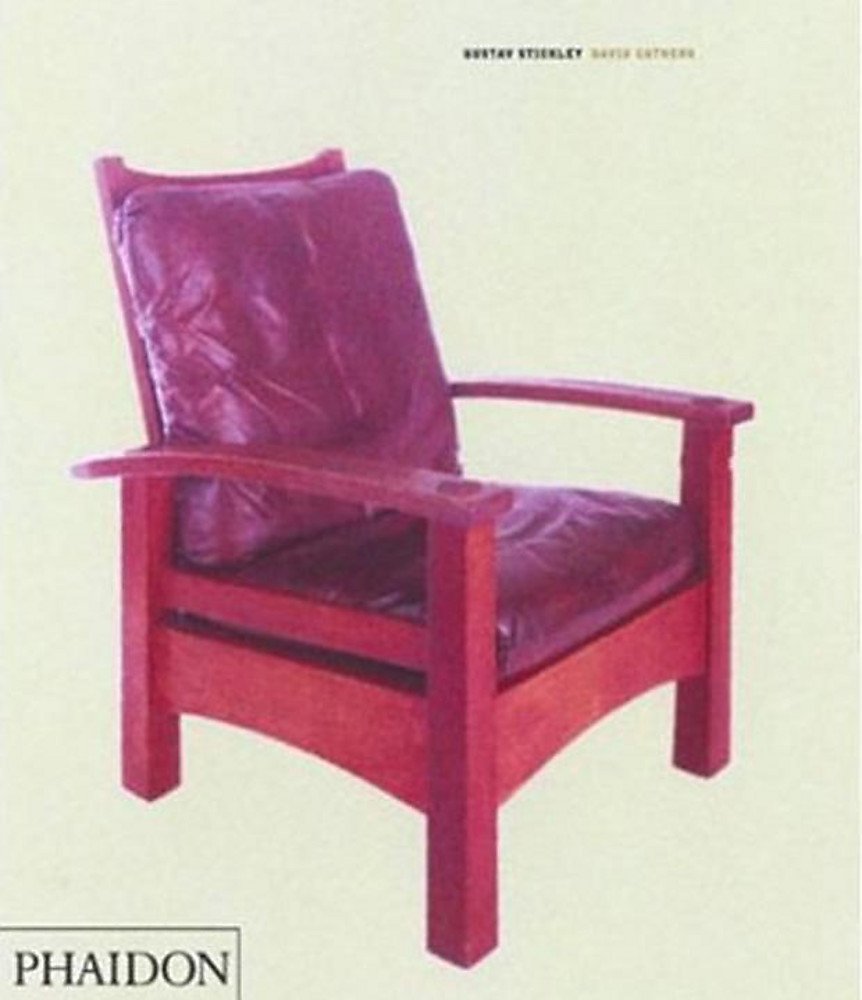
Categorii: Neclasificat
Limba: Engleza
Data publicării: 2003
Editura: Phaidon
Tip copertă: Hardcover
Nr Pag: 240
ISBN: 9780714840307
Dimensiuni: l: 25cm | H: 29cm | 2.6cm

Gustav Stickley (1858-1942) founded his own design company, Craftsman Workshops, with his brother in upstate New York in 1898. The company was highly successful through the 1920s and eventually became a national enterprise with retail stores in New York, Boston, and Washington, DC. Although influenced by the British Arts and Crafts movement and Continental Art Nouveau, Stickley advocated the creation of a distinctive American style that would integrate furnishings, architecture, handicrafts, and principles of harmonious living; he believed that well-designed furnishings could help make life better and truer by its perfect simplicity. on his furniture making, drawing from primary research, interviews, and correspondence to describe both how Stickley approached his craft throughout the arc of his career, and what makes the individual pieces distinguished and valuable. Separate chapters are included on Stickley's most important collaborator, Harvey Ellis; on his business venture in New York City; and on his utopian family homestead in rural New Jersey, Craftsman Farm. Rare archival photographs, advertisements and pages from early catalogues and The Craftsman magazine, family snapshots, and extensive archival and new photographs of Stickley furniture, metalwork, and decorative objects provide a rich visual context. furniture, metalwork, and textiles; he was also a successful retailer, the publisher of an influential monthly journal called The Craftsman, and an advocate for affordable, bungalow-style Craftsman houses who sold house plans through his magazine and store. Many of his furniture designs became icons of American decorative arts; among the classic pieces illustrated with specially commissioned colour photographs in this book are his Morris chair, fall-front desks, various settles, leaded-glass lanterns, 510 bookcase, and 967 sideboard. Such pieces are now coveted by collectors, and Stickley's successor firm, the Stickley Furniture Company, is producing reissues of his designs. American Arts and Crafts aesthetic but more broadly a representative figure in American business history, an early proponent of what we now call branding and lifestyle. The Craftsman magazine (published from 1903 to 1918) and the numerous furniture catalogues he issued on a regular basis functioned as effective advertising, helping not only to establish the company's name but also to shape public opinion about the value of design. Stickley's business ventures dovetailed well with the revival of traditional handicrafts that was gaining momentum in the United States and Britain around the turn of the century. - artists, craftsmen, architects, writers, editors, and illustrators - who worked with Stickley and to give them the recognition they deserve; biographies of 17 collaborators are collected in an appendix. The book also includes a chronology of Stickley's life and career, a visual chronology of the evolution of the fall-front desk, and a complete bibliography.